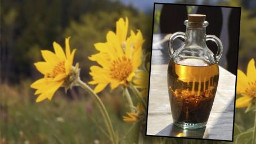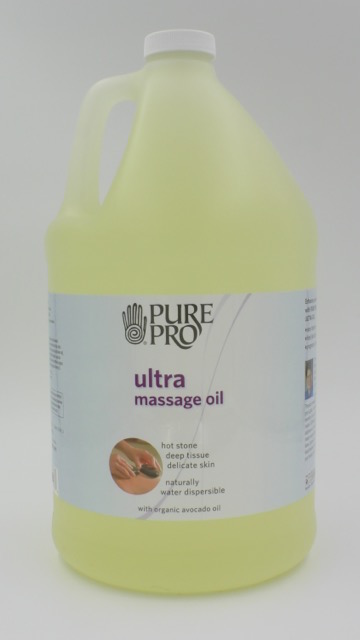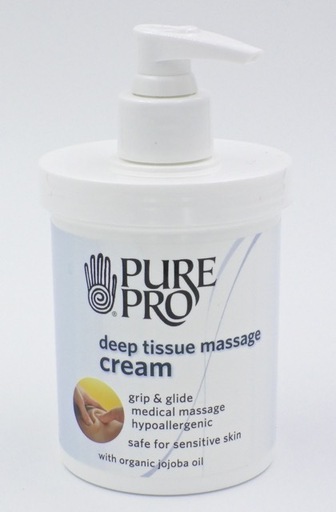
- Soothe muscles - Neck, Low Back, Legs
- Promote client self care between treatments
- Self Care for arms, wrists, thumbs & low back
HISTORY
Arnica montana is a tall stemmed, daisy-like plant with a single, yellow flower head. The flowers are approximately two inches in diameter and bloom between May and August. Arnica montana grows as a native perennial throughout Europe, southward into Spain and northward into Scandinavia. Arnica montana favors nutrient-poor, sandy soil at elevations from 4,000 to 9,000 feet above sea level.
Arnica, also known as Leopard’s Bane, Mountain Tobacco, and Wolf’s Bane, has been used for centuries to soothe bruising, sprains, and inflammation. Applied topically, Arnica montana is anectodally reported to disperse stagnant, disorganized fluids from bruised tissue by stimulating white blood cell activity and circulation, boosting the body’s own self healing mechanisms.
USAGE
Arnica can be used on clients with tendonitis, carpal tunnel, whiplash, plantar fasciitis, peripheral neuropathy, bruising, or sprains. It can also be used in more dilute forms to enhance circulatory massage.
First Aid: For sprained ankle, wrist, knee, etc., use approximately 40 drops of Pure Pro Arnica Therapeutic Concentrate to saturate gauze or cloth to make a poultice. Wrap or pack the joint with the poultice. Apply poultice as quickly as possible after sprain occurs. Alternate every 10 minutes with ice.
Acute Conditions: For carpal tunnel, whiplash, tendonitis, sports injuries, etc., combine 10 drops of Pure Pro Arnica Therapeutic Concentrate into 1 ounce of carrier oil or lotion and shake well to mix. Massage into injury site 2-3x per day.
General Purpose: Combine 5 drops of Pure Pro Arnica Therapeutic Concentrate into 1 ounce of carrier oil or lotion and shake well to mix. Use for massage, minor aches, fibromyalgia.
Foot Bath: In a large basin combine 15 drops of Pure Pro Arnica Therapeutic Concentrate, 1 ounce of pure Dead Sea Salts, 1 ounce of Baking Soda, and 2 gallons of warm water. Stir to mix.
Sunburn: After sun or for mild sunburn pain soothe the skin by gently applying Pure Pro Arnica Therapeutic Massage Oil. This oil can be applied directly without diluting.
Acne: Combine 4 drops of Pure Pro Arnica Therapeutic Concentrate with 2 drops of Tea Tree essential oil into 1 ounce of Witch Hazel. Shake well to mix before each use. Apply with cotton swab or wash cloth to tone and cleanse the skin. This is a great way to end a massage session when your client has acne prone or oily skin. You can use it anywhere on the body where acne occurs such as the back or shoulders.
Bruising: On intact skin only, gently apply 2 or 3 drops of Pure Pro Arnica Therapeutic Concentrate to the bruised tissue 2-3 times a day.
CONTRAINDICATIONS
- Do not apply Arnica to open wounds or ulcerated skin.
- Do not use Arnica during pregnancy or while nursing.
- Do not use Arnica if you have a daisy or sunflower allergy.
- If taking blood thinning medication, consult physician or medical practitioner prior to using Arnica.
- Pure Pro Arnica products are for topical use only. Do not ingest.
- Pure Pro Arnica products are herbal infusions using the full plant extract. Herbal Arnica is different from and stronger than homeopathic preparations. Use sparingly.
TYPES OF ARNICA PREPARATIONS
Extracts of Arnica montana can be found in oil, gel, alcohol, or essential oil form and as herbal or homeopathic preparations. The herbal oil extracts are favored most for their potency and efficacy. Gel and alcohol based extracts can be effective but evaporate from the skin much more quickly rather than absorbing in for lasting effects. Topical homeopathic arnica remedies in gel or alcohol form have limited efficacy since they are very dilute. Arnica essential oil is not an oil extract – it is only the volatile essence (fragrance) of the plant and does not contain the complete array of constituents found in a whole flower oil infusion such as our Pure Pro Arnica Therapeutic Massage Oil.
ACTION
Diaphoretic – promotes perspiration
Diuretic – increases secretion of urine
Emollient – softens, soothes skin
Expectorant – promotes discharge of mucous from respiratory tract
Stimulant – speeds physiological processes
Plant actives are extracted from both the flower and the rhizome (root) of the plant. A typical extract will contain the following chemical components:
• Arnicin
• Carotenoids
• Flavonoids
• Inulin
• Phulin
• Sesquiterpene lactones – known to reduce inflammation and decrease pain
• Tannin – rhizome extract only
• Thymol – antibacterial properties
As with any botanical extract it is important to know the Latin name to insure you are getting the correct healing product. Listed below is the correct botanical categorization for Arnica montana.
Kingdom: Plantae (Plants)
Subkingdom: Tracheobionta (Vascular plants)
Superdivision: Spermatophyta (Seed plants)
Division: Magnoliophyta (Flowering plants)
Class: Magnoliopsida (Dicotyledons)
Subclass: Asteridae
Order: Asterales
Family: Asteraceae (Aster family)
Genus: Arnica L. (arnica)
Species: Arnica montana L. (mountain arnica)
** Information given in this presentation handout is provided for informational purposes and is not meant to supersede advice provided by a physician or other medical professionals.
SOURCES
Photo credit: Garden Web’s HortiPlex Plant Database http://hortiplex.gardenweb.com/plants/p1/gw1002968.html
Chiej, R. Encyclopaedia of Medicinal Plants. MacDonald 1984 ISBN 0-356-10541-5
Launert, E. Edible and Medicinal Plants. Hamlyn 1981 ISBN 0-600-37216-2
Mills, S. Y. The Dictionary of Modern Herbalism.
Castro, M. The Complete Homeopathy Handbook. Macmillan. London. 1990 ISBN 0-333-55581-3


